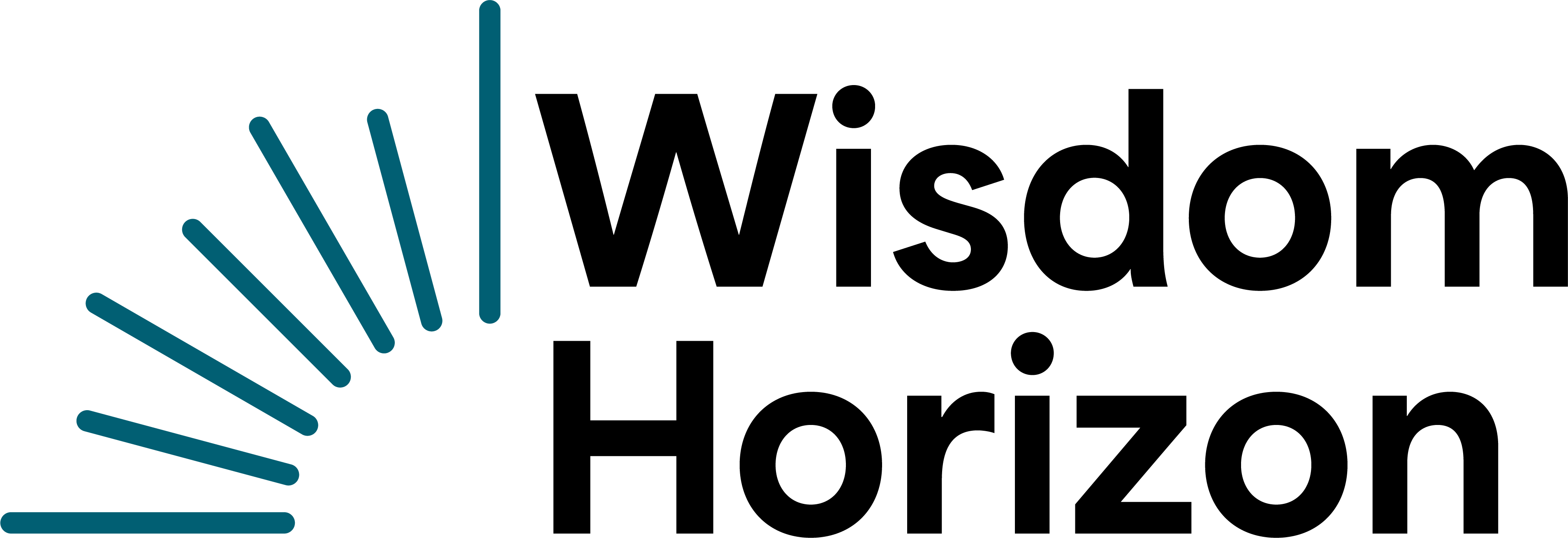What is an Echocardiogram?
An echocardiogram, often referred to as an echo, is a non-invasive test that uses ultrasound waves to create images of the heart. This test is pivotal in assessing the structure and function of the heart, providing valuable information without the need for incisions or invasive procedures. The echocardiogram is a staple in cardiology due to its ability to detect various heart conditions, such as heart valve problems, congenital heart defects, and cardiomyopathy.
During an echocardiogram, a device called a transducer is placed on the patient’s chest. This device emits high-frequency sound waves that bounce off the heart structures, creating images that are displayed on a monitor. The procedure is generally painless and takes about 30 to 60 minutes to complete.
Some of the key benefits of an echocardiogram include its safety, as it does not involve radiation exposure, and its ability to provide real-time images. This makes it an essential tool for diagnosing and monitoring heart conditions. Additionally, the test can be performed in various settings, including hospitals and outpatient clinics, making it accessible to a broad range of patients.
The Role of Heart Ultrasound in Cardiology
Heart ultrasound, synonymous with echocardiography, plays a crucial role in modern cardiology. It serves as a window into the heart, allowing healthcare professionals to observe the heart’s chambers, valves, and surrounding structures. This imaging technique is indispensable for diagnosing conditions like heart failure, where it can reveal the heart’s pumping efficiency and detect fluid accumulation around the heart.
Heart ultrasounds are also instrumental in evaluating the effectiveness of treatments for various heart conditions. For instance, after the implementation of a new medication or surgical intervention, an echocardiogram can provide insights into how well the treatment is working and whether any adjustments are needed.
Moreover, heart ultrasounds are vital in emergency situations. For example, in cases of suspected heart attack or chest trauma, an echocardiogram can quickly assess the heart’s condition and guide immediate treatment decisions. This rapid assessment capability underscores the importance of heart ultrasounds in saving lives and improving patient outcomes.
Types of Echocardiograms
There are several types of echocardiograms, each designed to provide specific information about the heart. The most common type is the transthoracic echocardiogram (TTE), which is performed by placing the transducer on the chest. This type is standard for routine heart assessments and is often the first step in cardiac evaluation.
Another type is the transesophageal echocardiogram (TEE), which involves inserting the transducer down the esophagus. This approach provides clearer images of the heart’s structures, particularly the back of the heart, and is used when more detailed images are necessary. TEE is often employed in cases where TTE images are inconclusive or when evaluating complex heart conditions.
Stress echocardiograms are used to assess how the heart functions under stress. This test is conducted while the patient exercises or is given medication to simulate exercise. It helps identify areas of the heart that may not be receiving enough blood flow, indicating coronary artery disease.
Finally, the fetal echocardiogram is used during pregnancy to assess the heart of the unborn baby. This test can detect congenital heart defects before birth, allowing for planning and management of the condition post-delivery.
When is an Echocardiogram Recommended?
Echocardiograms are recommended in various scenarios, often prompted by symptoms such as chest pain, shortness of breath, or palpitations. These symptoms could indicate heart problems that require further investigation. Additionally, individuals with a family history of heart disease may undergo echocardiograms as a precautionary measure.
Doctors also recommend echocardiograms to monitor known heart conditions. For example, patients with heart valve disease or heart failure may have regular echocardiograms to track the progression of their condition and the effectiveness of treatments.
In some cases, echocardiograms are part of routine check-ups for patients with risk factors for heart disease, such as high blood pressure, diabetes, or high cholesterol. This proactive approach helps in early detection and management of potential heart issues, ultimately improving long-term health outcomes.
Conclusion: The Value of Echocardiograms
Echocardiograms are a cornerstone of cardiac care, providing essential insights into heart health without invasive procedures. Whether for diagnosis, monitoring, or treatment planning, these tests offer a comprehensive view of the heart’s function and structure. For those concerned about heart health, understanding the role and benefits of echocardiograms can be empowering, leading to informed decisions and proactive management of cardiovascular well-being.
As heart disease remains a leading cause of morbidity and mortality worldwide, echocardiograms continue to be a vital tool in the early detection and management of heart conditions. By offering detailed images and real-time data, they enable healthcare providers to deliver personalized care and optimize treatment outcomes for patients across the globe.







